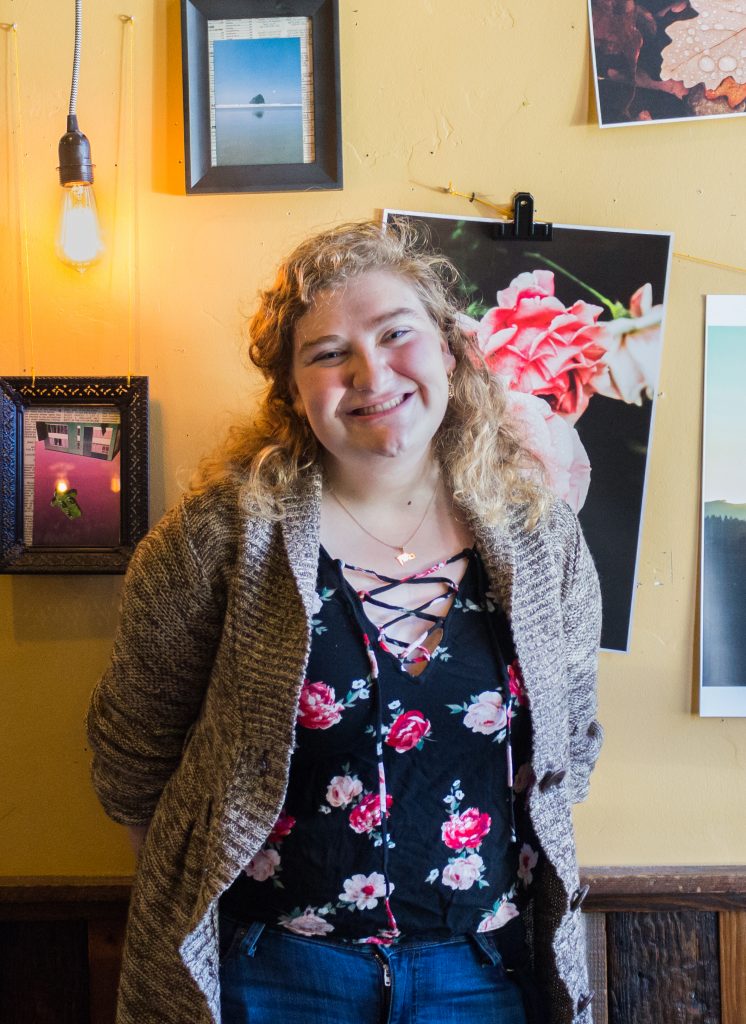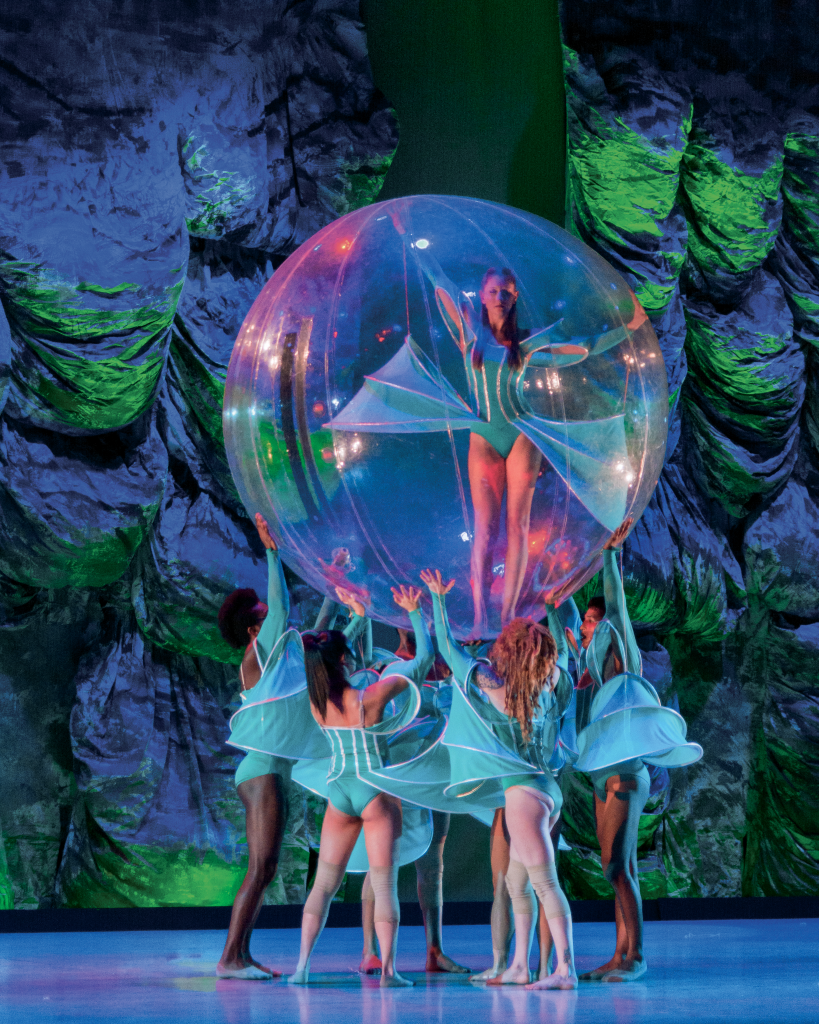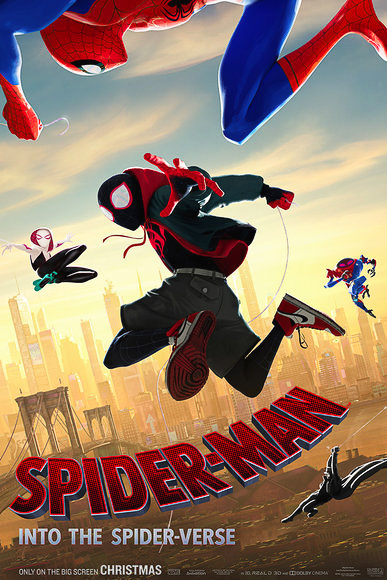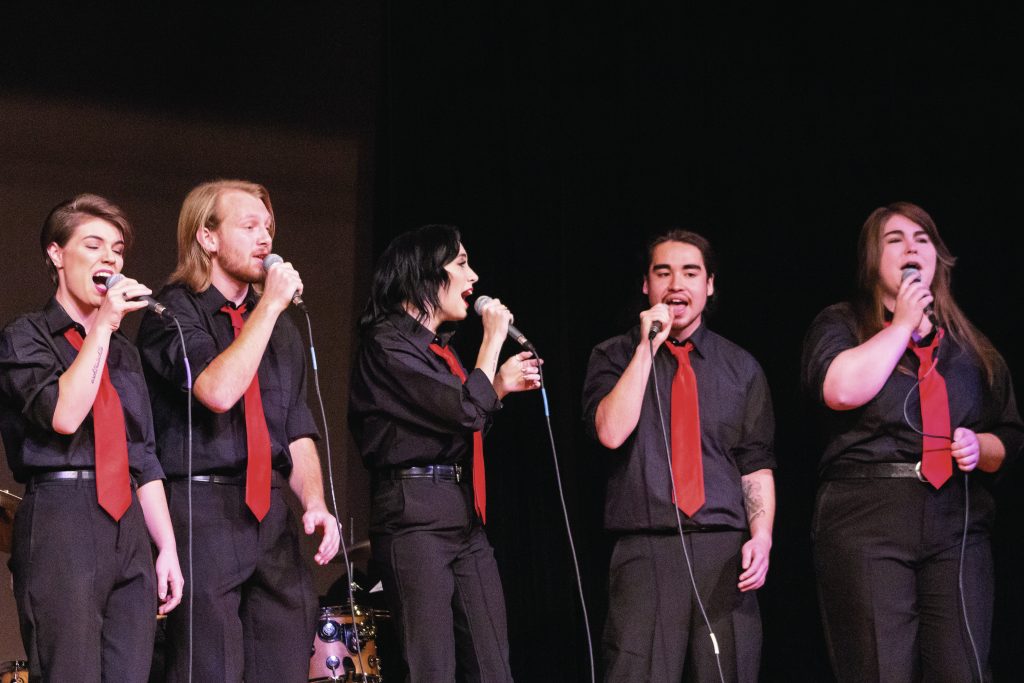Chrys Weedon | Entertainment Editor
According to the Motion Picture Association of America, an average of 600 movies are released every year in the United States. Out of those movies, only a handful of them stand above the rest. Although I couldn’t have possibly seen every movie released this year, I did make it a goal to see as many as I could. Below I will discuss four of my favorite movies of 2018. Reader beware: there may be spoilers.

Fourth place: “A Star is Born”
So, in the interest of complete transparency, Lady Gaga could record herself watching paint dry and I would absolutely love it. With that in mind, I enjoyed this movie immensely. The movie is the fourth remake of the original 1937 movie starring Fredric March and Janet Gaynor. This new version is widely different from the previous versions, but it works.
Lady Gaga’s talent makes the film. I believe that many people went into theaters not expecting much from Gaga, as I did myself. I was very surprised to find, however, that she matches veteran Bradley Cooper’s acting skills. Her singing skills, however, blow Cooper’s out of the water. In my opinion, the only detriment to the movie is Bradley’s mediocre singing.
But where Cooper’s musical skills fall behind, he makes up for with his directorial vision. The cinematography is beautiful and accentuates the chemistry between Gaga and Cooper. Not only is the acting full of emotion, the way the movie is shot accentuates that emotion and drew me into the film.
Overall, I would give the movie a four out of five stars.

Third place: “BlacKkKlansman”
I consider this movie in my top four of 2018 not because it was fun to watch, but because it was hard to watch. The movie was difficult to digest because while it portrays the prevalence of the Klu Klux Klan in Colorado Springs in the 1970s, it connects the the present, in which racist rallies are still being held.
The movie was so impactful in my opinion because although it ends with a victory for the main character (based on a real person), there really is no happy ending. The movie ends with four minutes of video of the racist rally in Charlottesville in 2017. It really accentuates the political tension we are feeling in America today; it made me wonder how far we have really come.
I would rate “BlacKkKlansman” four out of five stars.
Second place: “Hereditary”
The release of “Hereditary,” I believe, raised the bar for the entire genre of atmospheric horror cinema. As someone who enjoys horror movies that do not rely too heavily on jumpscares (I have a higher tolerance for body horror, and I think less of movies that use jump scares as a crutch) I enjoyed this movie tremendously. Every element of the film came together perfectly and was executed with a level of skill that I believe is hard to match. The acting was superb (Toni Collette, you’re doing so good sweetie), and the use of color, depth of field and the development of three-dimensional characters combine to create a movie unlike what the horror genre has ever seen before. The film is a slow burn; a descent into madness.
The movie tackles so many complex things and weaves a story that isn’t too cluttered or too simple — easy mistakes to make in the horror genre. It is rare for a singular movie to change the landscape of a genre forever, but I believe that is what “Hereditary” has done.
Overall, I would rate this film five out of five stars.

First place: “Spider-Man: Into the Spider-Verse”
I didn’t expect to be impressed by this movie, much less find it to be one of my favorite movies of the entire year. I’m not even much of a Spider-Man fan. But aside from the plot or characters, the animation alone would have shot this movie into my top four. I felt like I was inside a comic book. The animation is like nothing I’ve ever seen before, and the pure artistic talent within the movie is astounding.
Even though I am fairly new to the Spider-Verse, the movie was easy to become involved in, as the storyline is pretty accessible to people new to the Marvel universe. I even caught on to some of the smaller details from watching other, smaller Marvel shows, such as Daredevil. The Spider-Man humor is right up my alley and watching all the Spider-People interact was incredibly fun. John Mulaney is in it; who wouldn’t love that?
Overall, I would give this movie a five out of five stars.
Contact the author at howlentertainment@wou.edu
Photo courtesy of livenationproductions.com (“A Star is Born”), focusfeatures.com (“BlacKkKlansman”), sonypictures.com (“Spider-Man: Into the Spider-Verse”)













